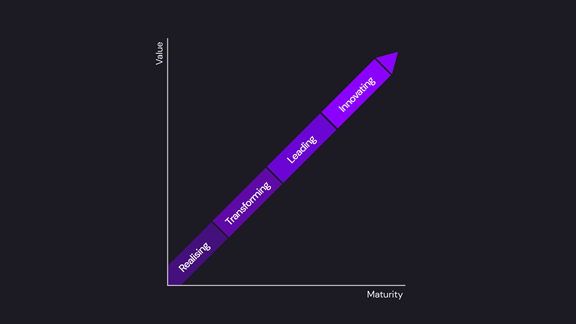Data-as-a-Product: unlock the energy in your data

The guide to Data-as-a-Product in 2022
What use is owning data sets that could transform your organisational outcomes if most of your organisation can’t access them?
Executives in every industry are facing that headache-inducing business problem every day. Here at Kin + Carta, we call it The Great Data Tension. The potential energy stored within data has been growing for years, but prescriptive issues with people, processes and technology are keeping it locked away and rendering it redundant.
The possibilities of releasing that energy with a new tightly scoped, pragmatic approach to data are endless. It’s time to redefine our organisational relationships with data and become truly and sustainably agile.
Some of the world’s most adaptable organisations are already harnessing that energy and using it to accelerate the value of their data, reduce time to insights and, as a result, make better, faster and fewer decisions as businesses.
They are treating data not as a project, but as a product; one that is accessible, visible and usable for everyone, no matter their discipline or desire. They are empowering their people to think differently and modernising their processes to work differently when it comes to unlocking insights. They are changing the way they see data at every level, for every user, in every line of work.
The era of data tension is coming to an end. The era of true data potential has finally begun—and it is embodied by a Data-as-a-Product (DaaP) mindset.



